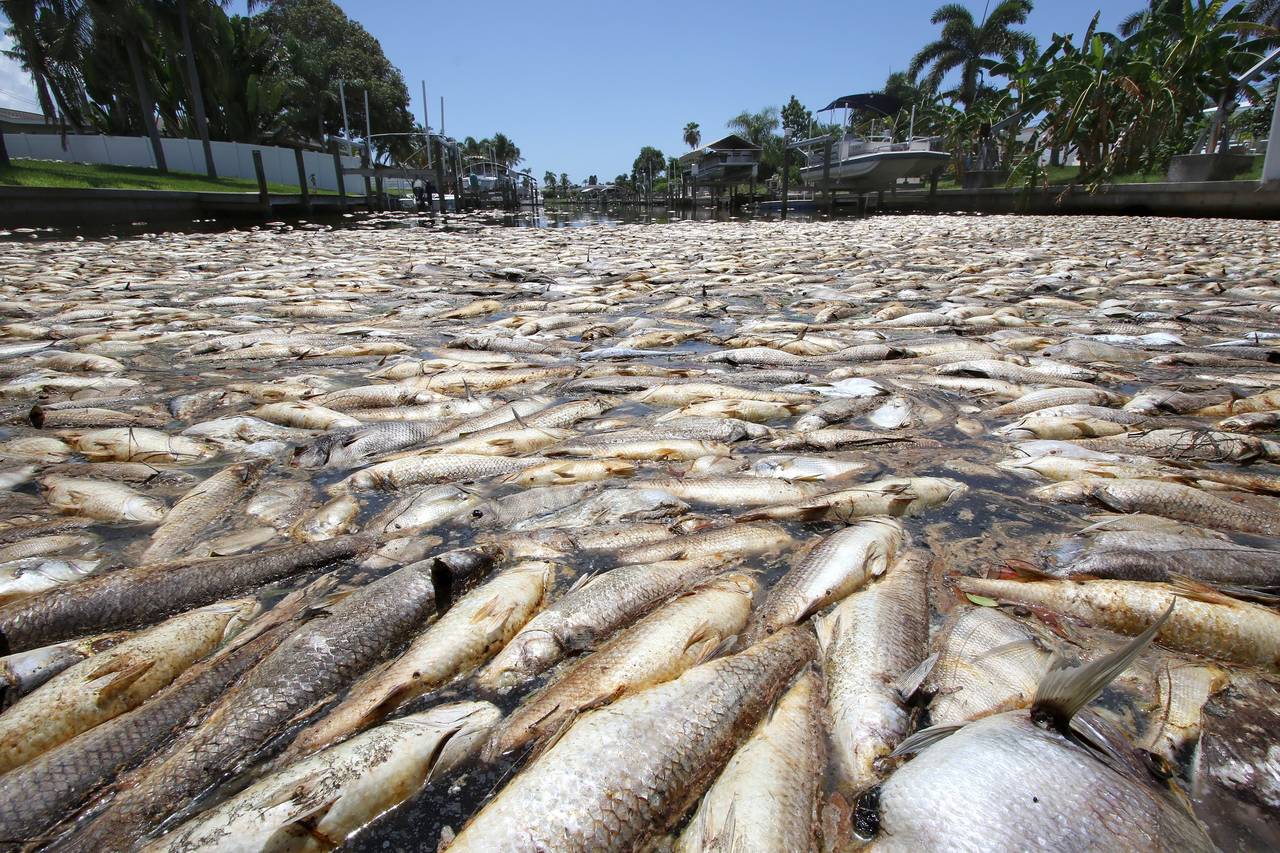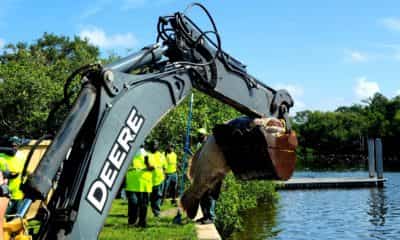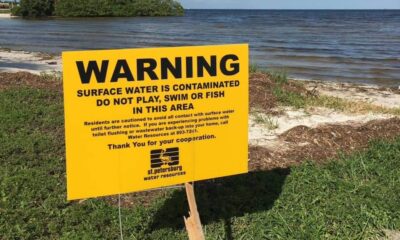Know
Bridge loan program helps small businesses affected by red tide

As red tide makes its way up Florida’s Gulf Coast and threatens Tampa Bay, businesses across Pinellas County are preparing for the losses that the ominous algae bloom may incur.
Luckily for the county’s hotels, restaurants and fishing charters on the waters of the bay and the Gulf of Mexico, the Florida Department of Economic Opportunity has implemented the Florida Small Business Emergency Bridge Loan Program. The program will support small businesses affected by the red tide, whether they are actually affected or merely perceived to be affected.
The program offers short-term loans up to $50,000 to small businesses in Pinellas County with two to 100 employees. The loans are interest-free for 180 days, after which time they accrue at a rate of 18 percent per annum over the course of the loan. Businesses must demonstrate that the red tide, or the perception of the red tide, incurred physical or financial injury to be eligible for the loan.
The perception can be as harmful as the tide itself.
“We’re concerned that local companies might be experiencing cancellations or a loss in business due to a perception,” said Stacey Swank, business development manager for Pinellas County Economic Development.
Robin Miller, president and CEO of the Tampa Bay Beaches Chamber of Commerce, made it clear that the perception of red tide affecting Pinellas County is not yet reality.
“As of today there is no red tide on our Pinellas beaches and we are working hard to tell that story. Our beaches are open for business,” she said.
If red tide made its way to the bay and the gulf, the whole county would be affected, not only waterfront businesses.
“As with any naturally-occurring event, either red tide, a hurricane, etc., the tourism industry is impacted overall,” Miller said. “This is not just isolated to water-based businesses or beach-based businesses. A lack of visitation due to any negative event trickles into our overall economy. [Fewer] visitors equates to less spending at stores, restaurants, gift shops, etc.”
Swank said that the loan program is most common after hurricanes, and was recently implemented after Hurricane Irma. True to its name, the bridge loan program serves as a bridge between small businesses and the U.S. Small Business Administration (SBA).
“Usually it’s also implemented in conjunction with U.S. [SBA],” said Swank. “In this case, it is not. In the case of a hurricane, there’s a delay in getting the money in from U.S. SBA. And how they use the disaster loan is to bridge that gap. Thus the name.”
Swank emphasized how accessible the loan program is to any small business owner seeking to benefit from it.
“The … program is here for local businesses, and our Florida Small Business Development Center is available to help walk them through the advantages of the program and how they can get help,” Swank said. “Any business in Pinellas County with questions can call us at (727) 453-7200, and our Small Business Development Center is here to help them.”
The red tide bloom of toxic algae, pushed to shore by wind and currents, has charted an unforeseeable course. It prompted Governor Rick Scott to declare a state of emergency on Monday for Pinellas, Hillsborough and five other Gulf Coast counties. According to the latest updates from Pinellas County’s Environmental Management staff, there were no red time blooms affecting the county as of 9 a.m. Friday morning.
The red tide bloom has received widespread national coverage, with the Wall Street Journal writing yesterday about a waterfront grill south of Bradenton losing customers because of the “unpleasant stench” of red tide. The Washington Post reported about retirees and senior citizens suffering from respiratory distress as a result of the tide that has darkened waters and left scores of dead fish in its wake.
As the red tide potentially creeps northward to Pinellas County, stay tuned to the Catalyst and to the county’s environmental site for continued updates.







